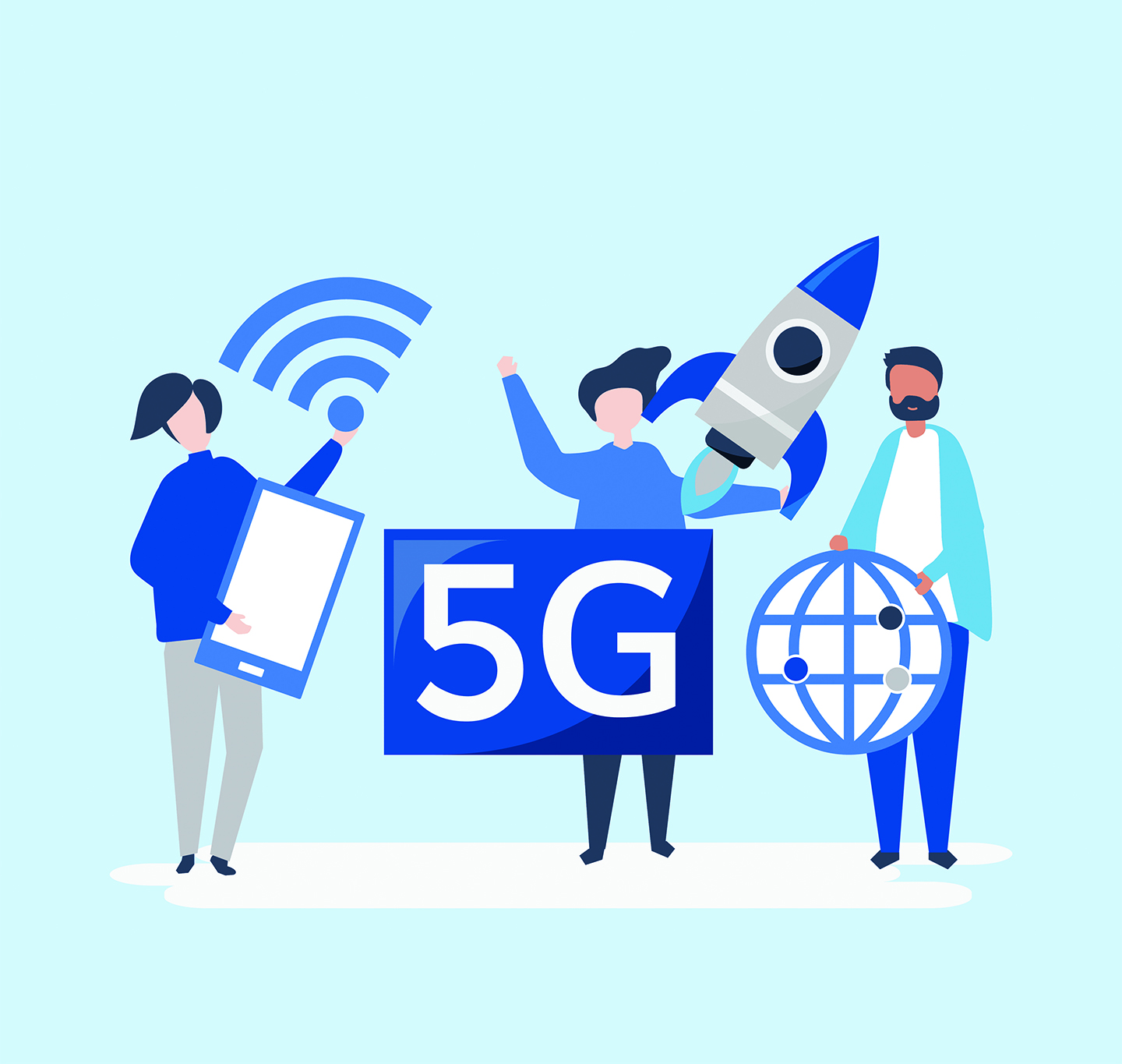Revolution of 5G Simplified
5G which basically means Fifth Generation is a new wireless technology that is set to revolutionize the way you use your devices. No, not just the incremental upgrade over speed, 5G will truly change the game when it comes to wireless communication. But b

History
If you haven’t figured it out already, the G stands for Generation. Each of these Generations has a set of standards that they must at least meet to be approved as one. There are institutions in charge of standardizing each generation of mobile technology and each generation is built upon the research and development which happened since the last generation. While 1G only provided 2Kbps speed, it was enough for talking to each other on the phone. By the time 2G rolled out during the 90s, phones were capable of sending SMS (Short Message Service).
Now as more and more people started to connect to the internet, it was clear that people wanted to use the internet on their mobile phones as well. So 3G rolled out that allowed people to access the internet and send emails. With the highest speed going to 2Mbps, 3G was all the rage during the mid-2000s all the way to late-2000s.
Well, after the iPhone got released back in 2007, the whole industry wanted to create a smartphone of their own. Fast Forward to 2013 onwards, smartphones were the norm. Now unlike their old counterparts, smartphones had large screens and could handle dynamic information such as audio, video, rich interactions and so on. 3G with its puny 2Mbps speed wasn’t enough. 4G with its tremendous 200Mbps was the thing that made sense.

5G and its capabilities
5G as you reading this text is currently still under development with China being the frontrunner. The USA has been trying to play catch up and even as going as far as to ban Huawei which is the largest provider of 5G equipment along with Chinese company ZTE. Now while this whole Trade War thing is a whole different topic for another day, it is clear that 5G dominance is what both these countries are vying for. As mentioned earlier, 5G is not just a speed upgrade over 4G. Yes, it is basically 100 times faster than the current 4G technology but there is more to it that which we shall explore.
One of the major differentiating factors which stand 5G from the previous generation is its latency time. Latency is the amount of time the data from your phone takes to upload and reach its target. The average latency time of 4G is around 200 milliseconds but the average latency for 5G will be around 10 milliseconds and in ideal conditions, it will reach a whopping 1 millisecond. Low latency is critical in applications that need real-time interactions.
Self Driving Cars and automation industry will benefit a lot. Thanks to the low latency, the self-driving cars will be much safer as they can gather data of their environment much faster. Automatic robots being used in High Tech industries will be much more efficient and more productive.
This low latency will also help enrich and advance the IoT (Internet of Things) industry. VR Experience will be mindblowing thanks to the faster speed and less latency. And of course, if you’re a gamer, you’ll get fewer lags while playing online multiplayer games.
Imagine a specialized surgeon based in the USA working along with other surgeons from Europe operating on a patient in Australia. Yes, this is entirely possible if 5G is under an ideal condition.
The Pitfalls
No, 5G isn’t ready yet and It is said that it will be fully rolled out by March of 2020. However, there are some problems that still exist that we need to address before being hopeful for 5G to arrive in all its glory.
Did you know that unlike 4G, 5G cannot penetrate through walls? Forget walls, research has shown that 5G connection will be interrupted even by a tree being in the middle. Yup - and also if the weather is bad and there is a lot of heavy rainfall, you can forget using 5G.
There is more to that. While 4G towers have a 10-mile radius, 5G has only a radius of around 100 feet. Meaning, your cell phone carries will have to install these bag sized 5G equipment all over the place - on every street sign and lamp post. Thus, 5G in its initial phase may only be seen in certain parts as the cost of laying out equipment is very costly.
There was also a rumor that 5G radiation would cause cancer as it works on a larger frequency. Good news is that this rumor has been discredited. So in the years if you see a social media post about how 5G will affect your kids and your health, it’s most likely a hoax.
The final pitfall for 5G could be the Trade War between USA and China. Chinese companies such as Huawei and ZTE are in the top place when it comes to 5G equipment and R&D. With the USA banning both these companies and suggesting its allies to do the same, this political move could cost the technology to delay in certain places.


